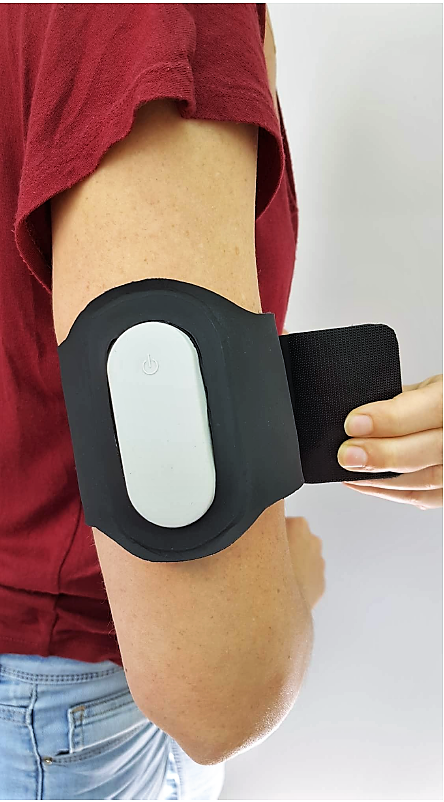New Podcast Discusses Pain and Politics
/By Dr. Lynn Webster, PNN Columnist
Not long ago, I was invited to support the Center For Effective Regulatory Policy & Safe Access (CERPSA). The nonprofit was recently founded by Stephen Ziegler, PhD.
CERPSA’s goal is to reduce the suffering that pain patients experience when their access to prescription medication is limited. I felt excited to join CERPSA’s Board of Directors and be a part of the activities the Center would undertake in pursuit of improving the lives of people with pain, including its “Pain Politics” podcast.
There is probably no topic that has been more politicized and affects more people than pain. Producer and commentator Dr. Ziegler is a man with a mission. Each podcast episode tells stories about how politics informs -- or interferes with -- pain relief.
Dr. Ziegler defines politics as “who gets what, when and how.” Politics are often associated with government actors, but the term can more broadly include how a pharmacy chain implements policies on filling prescriptions, or how an insurance company imposes dose limits of medication for a patient following surgery.
Dr. Ziegler is an advocate for people in pain. A Purdue University professor emeritus, he has also worked as a lawyer, police officer, detective, DEA agent, and humorist. I don't know how he puts these experiences together, but I'm grateful that he is willing and able to leverage all of his skills and knowledge in a remarkable way to produce entertaining and informative podcasts.
There is a large potential audience for the podcast, because pain cuts across all demographics and does not discriminate. The general public will find the podcasts enlightening and timely. The politically charged topics Dr. Ziegler discusses with his guests relate either directly or indirectly to people in pain.
An example of someone who may be interested in Pain Politics would be a stay-at-home mom who suffers from chronic, long-term pain stemming from an automobile accident. She may feel isolated and be struggling with insurance companies and healthcare providers in an effort to find relief.
A veteran who faces stigma for the pain medication he needs to treat injuries received during a tour of duty would be another example, as would an out-of-work school bus driver whose health insurance has disappeared due to the pandemic.
The first Pain Politics episode -- Time for People in Pain to Make Noise -- is an overview of the podcast’s purpose, and how politics play an enormous role in shaping pain treatment, drug policy and human suffering.
In the second episode, Dr. Ziegler tells the Centers for Disease Control and Prevention to "get its head out of its app." This is a theme that will resonate with people who have been struggling with the CDC’s 2016 opioid guideline. Dr. Ziegler pulls no punches as he describes how the CDC has designed a data system that excludes the diagnosis of pain. He believes this, along with other frustrating CDC policies, was politically inspired.
Future episodes of Pain Politics will involve inequality and racism in pain, economics in medicine and pain, universal healthcare, how the DEA and other law enforcement agencies may overstep their roles in prosecuting doctors, the CDC's loss of ethical guardrails, national pain meetings that are politically-driven and not helpful to patients, and the American Medical Association’s recent letter to the CDC asking the agency to rewrite the opioid guideline. Dr. Ziegler will invite guests to appear on his podcasts as he covers these and other areas.
I hope you'll tune in via Apple Podcasts, Google Podcasts, or your favorite way to listen. You'll enjoy Dr. Ziegler's style, and benefit from the information he and his guests provide. I’m pleased to support his efforts.
Lynn R. Webster, MD, is a vice president of scientific affairs for PRA Health Sciences and consults with the pharmaceutical industry. He is author of the award-winning book, “The Painful Truth,” and co-producer of the documentary, “It Hurts Until You Die.” You can find Lynn on Twitter: @LynnRWebsterMD










